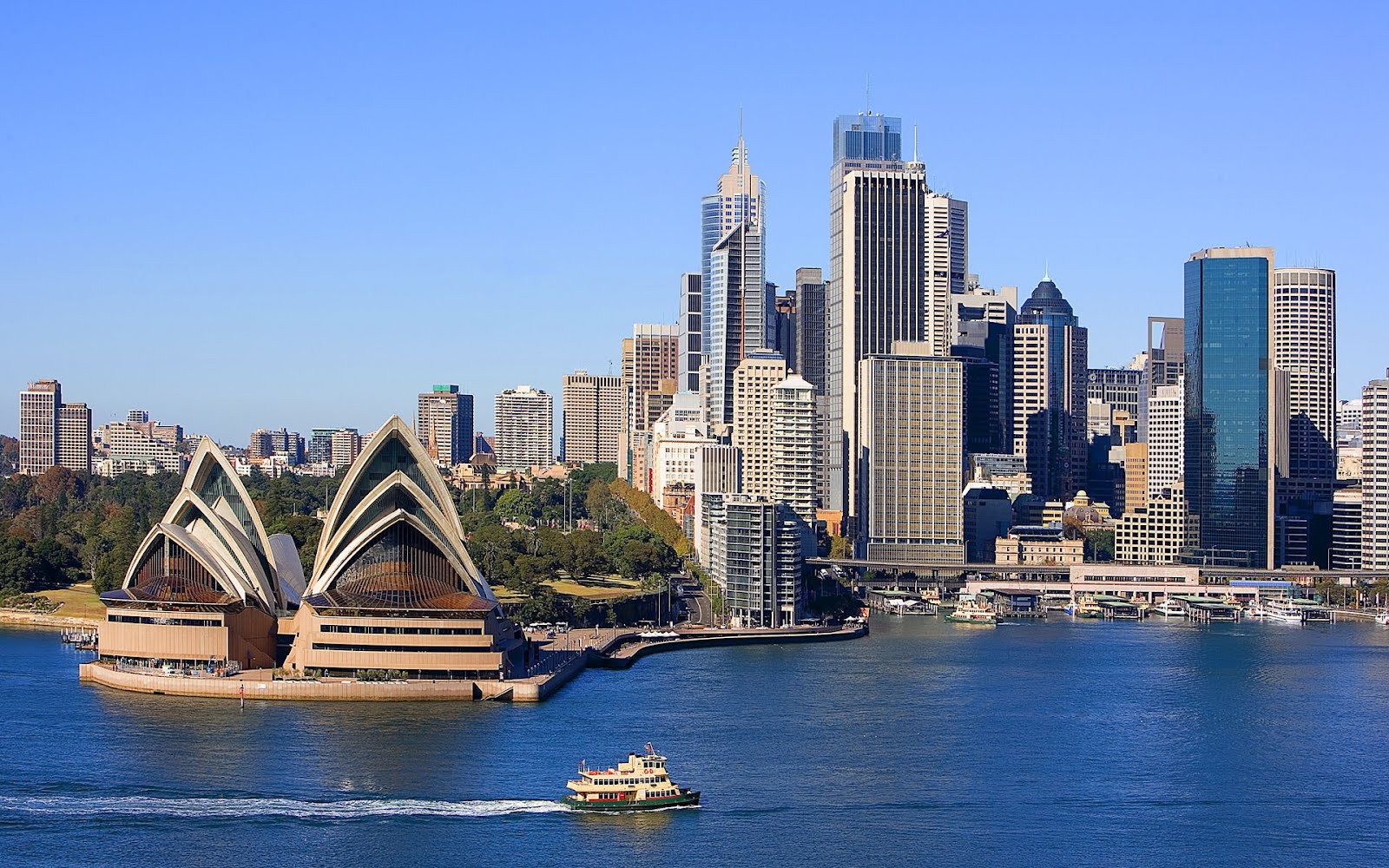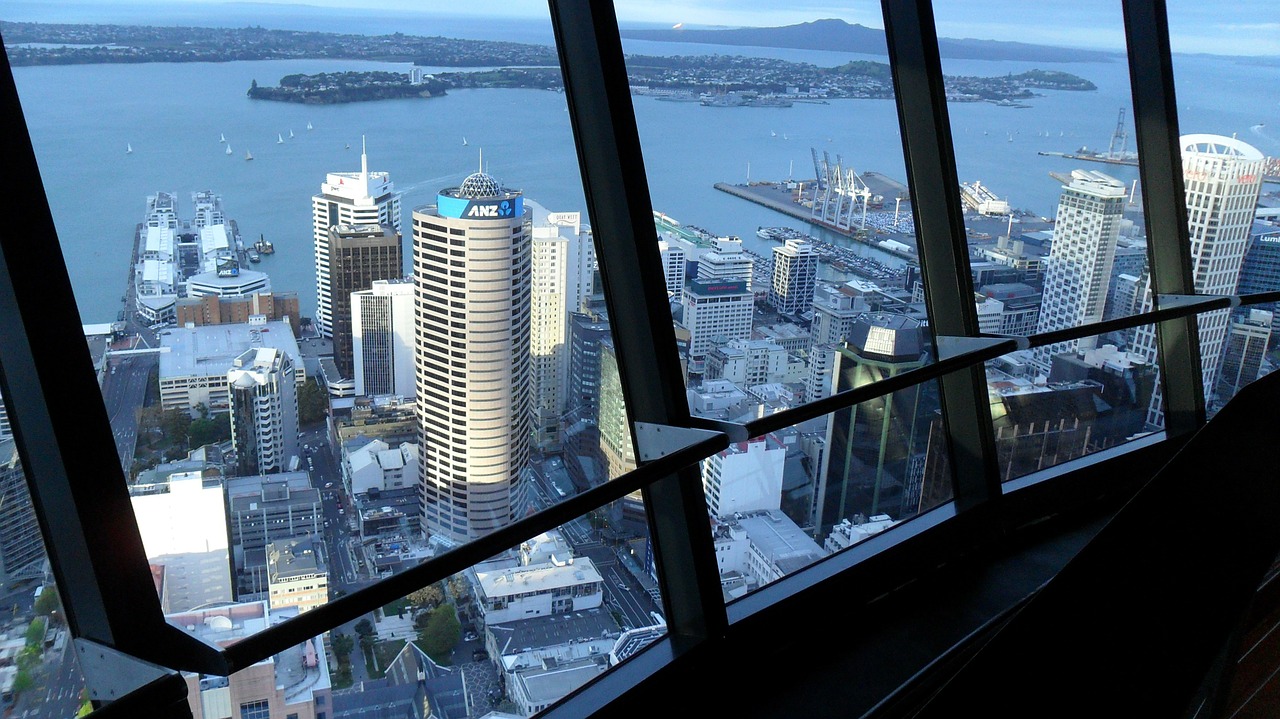When it comes to the overall state of the Australian economy as one of the world’s largest business hubs and one of the most stable economies in the world, there is no aspect as telling as the Australian housing market. Looking at it in isolation, most people can make an estimate on whether or not that country’s economy is heading in the right direction. Remember, the last time when the housing market took a nosedive in the United States, the global economy followed suit.
Furthermore, the housing market is one of those rare fields that individuals, major conglomerates and governments are equally interested in. With this in mind and without further ado, here are a couple of projections for the Australian housing market in 2018.
Slower growth
Over the last couple of years, we’ve seen an incredible rise in property value in Australia (well, at least in its major cities, like Sydney in Melbourne). Therefore, a lot of people are currently wondering what 2018 has in store. Although it is highly unlikely that the price direction will change its course by 180 degrees and start plummeting, it is more likely for it to diminish the rate at which it is growing. In fact, in 2017, we saw a brief halt in the Australian housing market growth.
Nonetheless, even though price growth is highly unlikely to continue with the same velocity, this probably won’t affect the interest rate, which is expected to stay unchanged in 2018. In other words, it is most likely to stay at the standard 1.5 percent. This is mostly due to the state of the Australian economy, which is currently ambiguous, to say the least. On the one hand, the unemployment rate is currently a bit lower than it was in the previous years, yet the purchasing power of the overall population hasn’t significantly improved.
Population growth and millennial homeowners
Unlike most other first world countries, Australia is a place with a steady population growth. However, this doesn’t mean that the growth in cheap housing demands is as steady. The main reason behind this is the reluctance of millennials to strive towards becoming homeowners, at least when compared with previous generations.
On the other hand, not all agree that this is happening due to a generation gap. There is a survey claiming that the recent housing affordability challenges caused a decline in home ownership in Australia that lasts for at least three decades. If this is true, then this particular problem isn’t necessarily related to millennials alone.
Additionally, while most of these surveys mostly focus on Sydney and Melbourne, it is expected that the popularity (as well as the price) of property in other metropolitan areas like Brisbane, Hobart and Canberra might also get their fifteen minutes of fame.
House vs. apartment
Finally, one of the inevitable side-effects of globalism is massive urbanization, which causes the younger populace to flock to dense metropolitan areas. Needless to say, this means that the population inevitably outstrips construction. In other words, the issue of purchasing an apartment vs. purchasing a household isn’t necessarily one that is easy to give an answer to.
On the one hand, if the apartment is in a great location, it can be incredibly tempting. However, this also means that its price might pose a bit of an issue. Conversely, purchasing a house might mean moving to the suburbs on the fringes, as well as having to worry more about the maintenance.
Still, proper landscaping is always a wise investment, seeing as how it gives your property a substantial boost in value. Naturally, this needs to be done right and according to renowned landscapers from Sydney, a comprehensive landscape construction can do even more to aid these efforts.
Conclusion
For those who are looking for an investment tip, the prospect of slower growth in the future might turn out to be a great long-term opportunity. In the past several years, the number of buyers far exceeded the number of sellers, which made this industry quite competitive. On the other hand, this expected drop in price-rise rate might scare away some of the investors who were in this to make a quick profit. Whatever you decide, keep in mind that no investment is ever 100 percent safe.
Article by guest writer Emma Joyce




